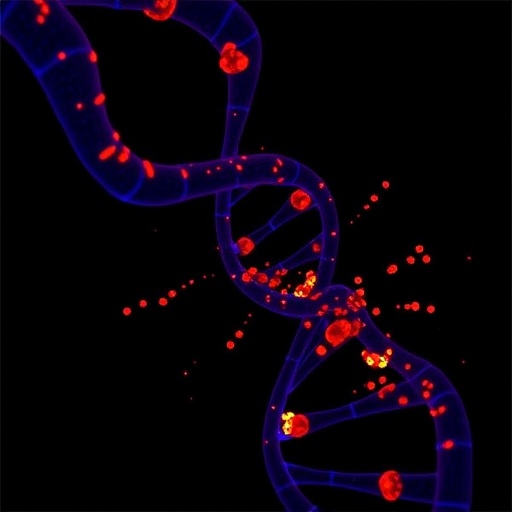
Credit: © Foto: Dr. Jonas Doerr
Scientists under the leadership of the University of Bonn have harnessed rabies viruses for assessing the connectivity of nerve cell transplants: coupled with a green fluorescent protein, the viruses show where replacement cells engrafted into mouse brains have connected to the host neural network. A clearing procedure which turns the brain into a 'glass-like state' and light sheet fluorescence microscopy are used to visualize host-graft connections in a whole-brain preparation. The approach opens exciting prospects for predicting and optimizing the ability of neural transplants to functionally integrate into a host nervous system. The results have now been published in the specialist journal Nature Communications.
Many diseases and injuries result in a loss of nerve cells. Scientists are working on tackling this challenge by transplanting neurons. In Parkinson's disease, for instance, this is attempted with implanted dopamine-producing nerve cells. The key question for such techniques is whether the implanted cells actually connect with the existing neural network of the host brain and thus compensate the functional loss. "Previous methods only provided an incomplete or very small-scale insight into the functional integration of implanted neurons in the brain," says Prof. Oliver Brüstle from the Institute of Reconstructive Neurobiology at the University of Bonn and LIFE & BRAIN GmbH.
Exploiting viral spreading across neurons
Together with scientists of various disciplines at the University of Bonn and cooperation partners from Cologne and Chicago (USA), the team led by Prof. Brüstle developed a new technique: "This enables the connection of implanted cells in the entire brain to be visualized in high resolution." The basis of this technology is provided by genetically altered rabies viruses. The researchers are exploiting the fact that these viruses spread backwards via nerve cell junctions – called synapses. The genetically altered rabies virus, which is no longer dangerous to humans, carries a fluorescent protein. Upon infection of the graft, the transplanted neurons turn green. At the same time, the 'green' virus spreads backwards across established synapses to connected host neurons, which are also turning green.
A three-dimensional nerve circuit diagram across a transparent brain
To visualize the labeled cells, the team first employed a special clearing procedure. "This technique makes it possible to turn the brains completely transparent – almost as glass," says Dr. Martin Schwarz from the Bonn Department of Epileptology, who perfected this technique. The transparent brain is then studied layer by layer, similar to computer tomography, using what is known as a light sheet fluorescence microscope, which Prof. Ulrich Kubitscheck and his team at the Institute for Physical and Theoretical Chemistry at the University of Bonn developed specifically for this purpose.
"With this technique, the brain is scanned in high resolution in over 1,000 virtual optical sections; the data is then reconstructed three-dimensionally," explains Prof. Kubitscheck. "As the implanted neurons and the recipient's nerve cells connected to them light up green, a three-dimensional brain map can be created that delineates all the recipient cells connected to the transplant – the graft connectome," says Dr. Jonas Doerr, who first-authored the study together with Martin Schwarz.
As the brain tissue itself becomes invisible after the clearing procedure, the researchers in a last step aligned the fluorescent maps with neuroanatomical data generated via magnetic resonance tomography of mouse brains. "Similar to cities on a globe, all of the cells marked in green can thus be allocated to distinct anatomical territories," says Prof. Mathias Hoehn from the Max Planck Institute for Metabolism Research in Cologne, whose group conducted these calculations.
Great potential for the development of nerve cell transplants
"Our findings show that the transplanted neurons integrate in a remarkably region-specific manner into the different transplant sites," reports Prof. Brüstle. The researchers hope that the new approach will be particularly useful for studying and optimizing the ability of neuronal transplants to connect with the host brain before they are used for clinical therapy. As a next step, they plan to use the rabies system to investigate how human dopamine-producing cells can be best wired into the brain of mice with induced Parkinson-like symptoms.
###
Publication: Whole-brain 3D mapping of human neural transplant innervation, Nature Communications, DOI: 10.1038/ncomms14162
Media contact:
Prof. Oliver Brüstle
Institute of Reconstructive Neurobiology
University of Bonn
LIFE & BRAIN GmbH
Tel. +49 (0)228/6885500
E-mail: [email protected]
Media Contact
Dr. Oliver Brüstle
[email protected]
49-228-688-5500
@unibonn
http://www.uni-bonn.de




